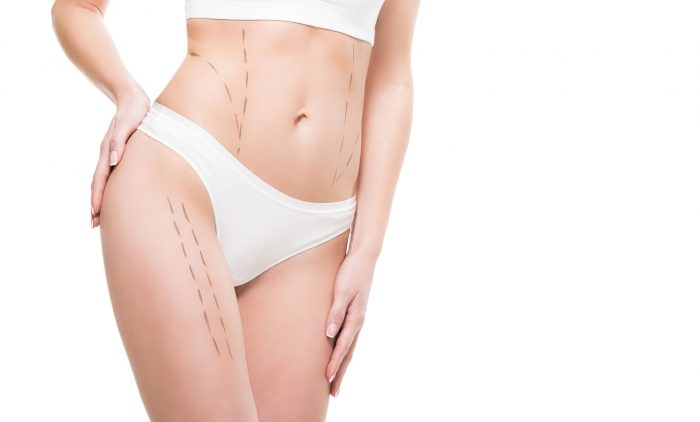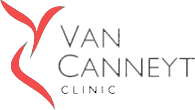Lipofilling
Lipofilling means the removal of excessive fat tissue in a certain area, which is injected in another area that lacks fat tissue. In other words, a liposculpture is performed and the patient’s own fat tissue is recycled. This procedure is indicated for facial rejuvenation, breast augmentation, gluteal augmentation and for the correction of post-liposuction deformities. Lipofilling is also indicated for soft tissue defects or to smoothen post-traumatic skin grafts.

PRE-OPERATIVE CONSULTATION
During the first consultation the procedure is thoroughly explained and the areas where the patient would like a volume augmentation are examined. The quantities of fat tissue that can be injected in the specific areas are calculated accurately and noted down in the patient’s file. The expected results are explained with peri- and post-operative photographs to give the patient an idea of the results she/he can expect.
LIPOFILLING: PROCEDURE
A lipofilling for small areas of tissue deficit, for ex. lipofilling of facial wrinkles, can be performed under local anaesthesia. The belly is the best area for extracting fat tissue (this area has the most soft fat tissue). A very fine needle is introduced through the navel to aspirate about 10 ml of fat tissue which is injected into the facial wrinkles. The results are immediate and permanent if the patient doesn’t present any major weight changes.
Larger volume fat transfer procedures are performed under sedation (= general anaesthesia without intubation).
Indications:
1. Facial rejuvenation
- Upper 1/3:
- Eyebrows
- Upper eyelids
- Nose base
- The temples
- Middle 1/3:
- Lower eyelids
- Cheekbones
- Lateral corners of the eyes
- Cheeks
- Corners of the mouth
- Lower 1/3:
- The jaws
- The chin
2. Breast augmentation
For breast augmentation the fat tissue is injected radially into two areas. Firstly in the area between the pectoral muscle and the mammary gland and secondly into the complete surface of the skin of the breasts.
3. Gluteal augmentation
The fat tissue is injected radially in the subcutaneous fat tissue of the upper part of the buttocks.
PROCEDURE
Pre-operative fase
Pictures are taken of the areas to be treated. The donor areas and the lipofilling areas are indicated with a skin marker. The quantities of fat tissue to be injected in every area are indicated on the skin.
Procedure
The patient is put to sleep through a peripheral sedative infusion (sedation). The areas to be treated are disinfected with Iso-Betadine and covered with a sterile cover material. The donor area(s) is infiltrated with Klein’s solution (a solution that detaches the fat cells and prevents bruises).
Then a liposculpture is performed. The fat tissue is collected in a sterile recipient. After centrifugation 3 levels of different tissues are formed: oil – pure fat tissue – serum. The pure fat tissue is isolated and divided into a couple of syringes.
The fat tissue is injected radially in different layers into each area by means of very fine cannulas. The quantities per injection are very small which optimizes the vitality of the fat cells. Afterwards small blood vessels will migrate into this fat tissue to provide it with oxygen and nutrients. The area is always “overfilled” a little since a part of the fat cells are re-absorbed.
Bandages
The small wounds in the donor areas are covered with a waterproof bandage which allows the patient to shower the day after surgery. To prevent post-operative swelling the patient needs to wear a compressive lipopanty. The little wounds caused by the injection needle are covered with steri-strips and will close spontaneously after a couple of hours.
LIPOFILLING – COMBINED PROCEDURES
Lipofilling can also be performed as a complement to traditional lifting techniques. Lipofilling alone is not sufficient to remediate the ageing process of the face. Gravity plays an important role in the ageing process of the skin. The increase of fat transfer during the ageing process increases morbidity (swelling, skin irregularities, bruises, …). In the long term lipofilling is seen as a “finishing touch” for the traditional methods.
Combined procedures:
- Mini facelifting (MACS-lift)
- Mini lift – necklift
- Upper blepharoplasty
- Lower blepharoplasty
- Brow lifting
- Rhinoplasty
- Mentoplasty
